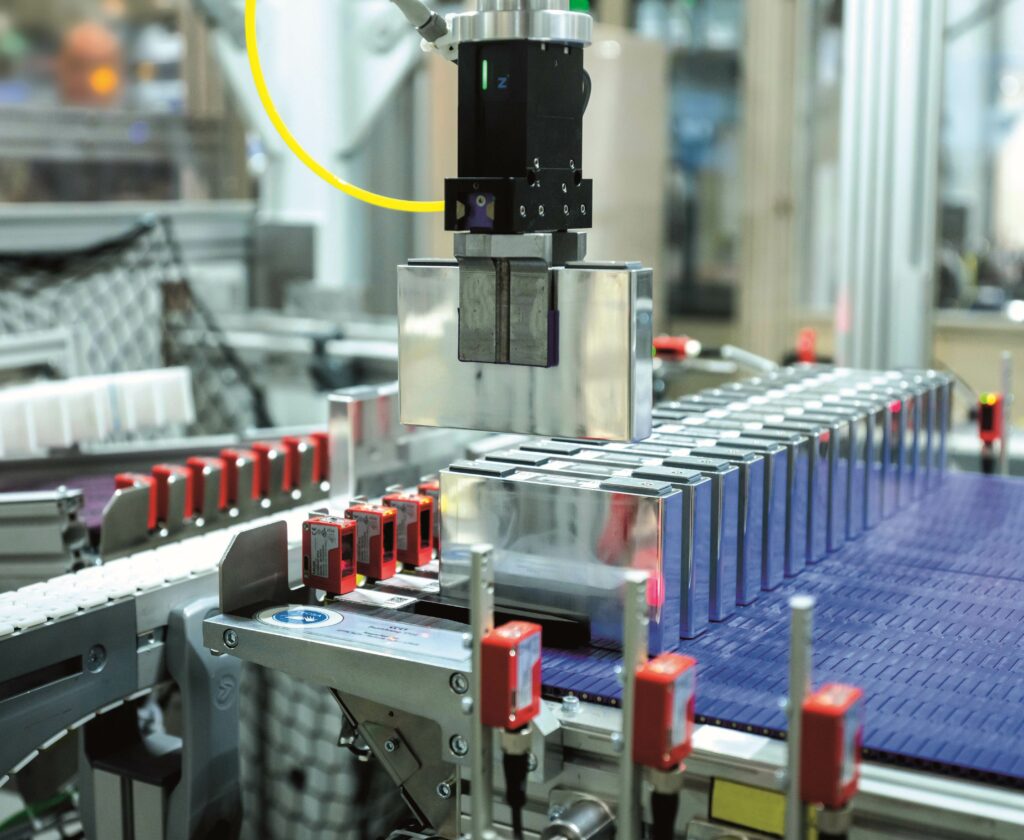
Peter Donaldson finds complex challenges within the development of coatings for battery applications
Coatings play a crucial role in battery cells, modules and packs. Evolving continuously, they are engineered to enhance performance, safety, reliability and longevity in these complex, high value electrochemical systems. While the active materials that constitute the core components of cells – the anode and cathode – are applied to their substrates as coatings, this article will focus mainly on the supporting players. Read more…
Author: E-Mobility Engineering
LFP cells charge in six minutes
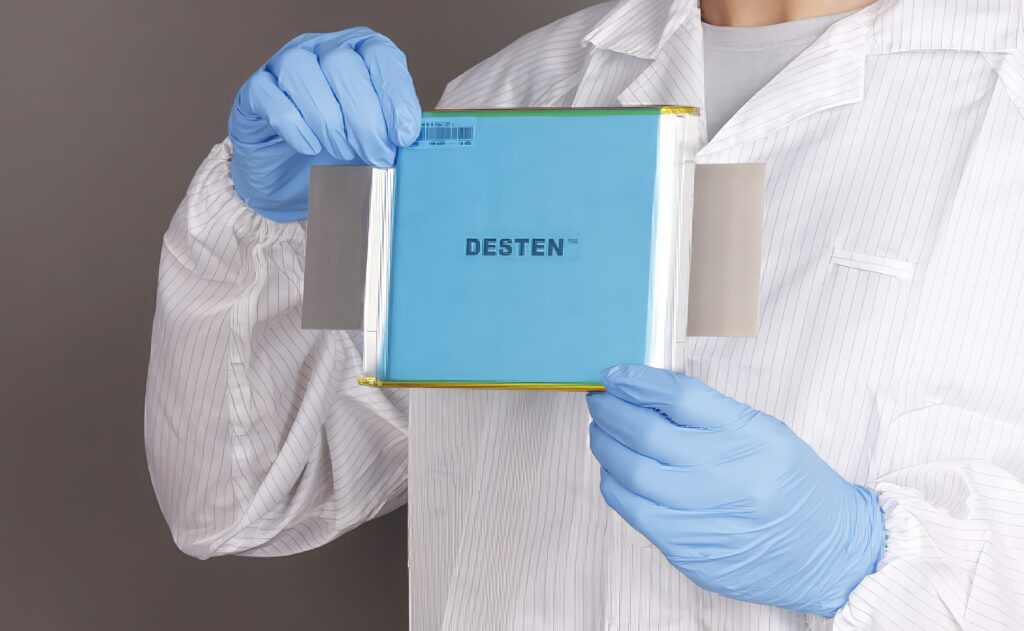
DESTEN has developed the first Lithium Iron Phosphate (LFP) cell that can charge in just six minutes at 6 C writes Nick Flaherty. The 160 Wh/kg pouch cell developed by DESTEN is capable of charging from 20% to 80% SOC in six minutes at a charging rate of 6 C. Moreover, the LFP chemistry means the cell is intrinsically safer than lithium ion cells. Read more…
New Renault Master E-Tech electric’s WLTP range – up to 460 km
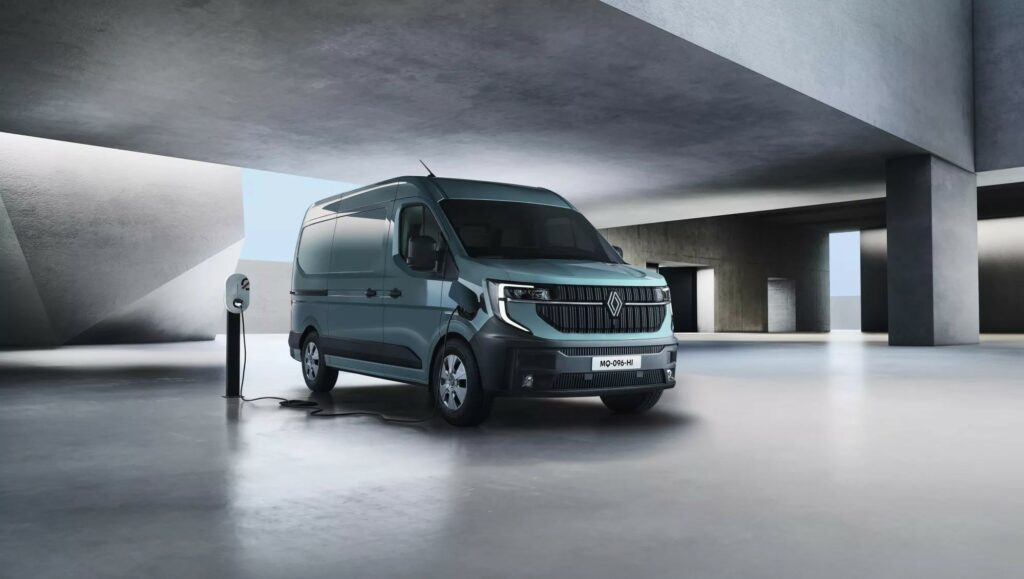
Renault has chosen two batteries optimised for capacity, size and mass, combined with in-depth work on aerodynamics and a brand-new innovative platform.
The van comes with a choice of two energy storage capacity ratings: 40 kWh and 87 kWh. These two packs are built into a single casing and designed for driving requirements in cities as much as in suburbs. And they do not hamper the vehicle’s payload capacity – which is an essential criterion in this segment. Read more…
Ascend Elements Targets 90% Reduction in EV Battery Material Carbon Footprint By 2030
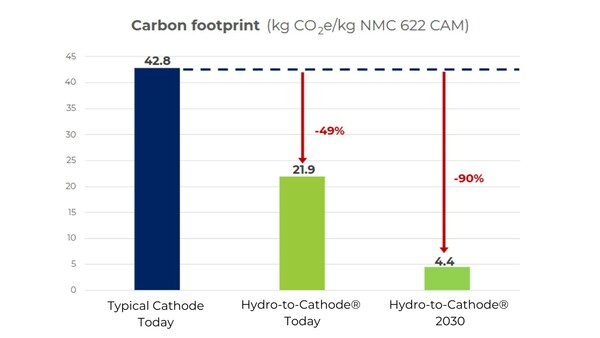
New Life Cycle Assessment (LCA) Compares Carbon Emissions of NMC 622 Cathode Material Made with Mined Metals Vs. NMC 622 Hydro-to-Cathode® Battery Materials Made with Recycled Materials
Using its patented Hydro-to-Cathode® process and recycled materials, Ascend Elements can today manufacture new EV battery material (NMC 622 cathode) at a 49% reduction in carbon emissions compared to traditional cathode manufacturing processes that rely on primary materials from mining. Read more…
Tony Persson
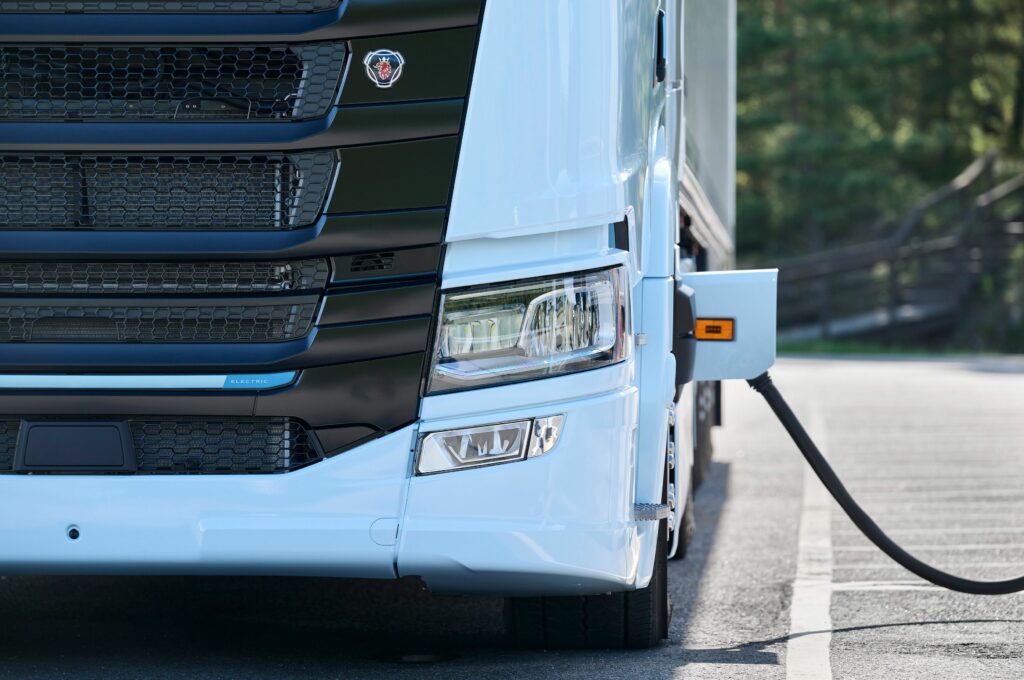
Scania AB’s head of battery production Tony Persson explains to Rory Jackson his company’s key role in the development of electric vehicles for demanding applications
The race to electrify road vehicles is bringing with it a race to develop internal competencies in producing key e-mobility technologies, and battery packs frequently make the top of the list. As of mid-2023, around 30 battery factories were planned, being built, or already operational in the US, with around 35 in the EU and several times more in China. Read more…
In wheel motor development
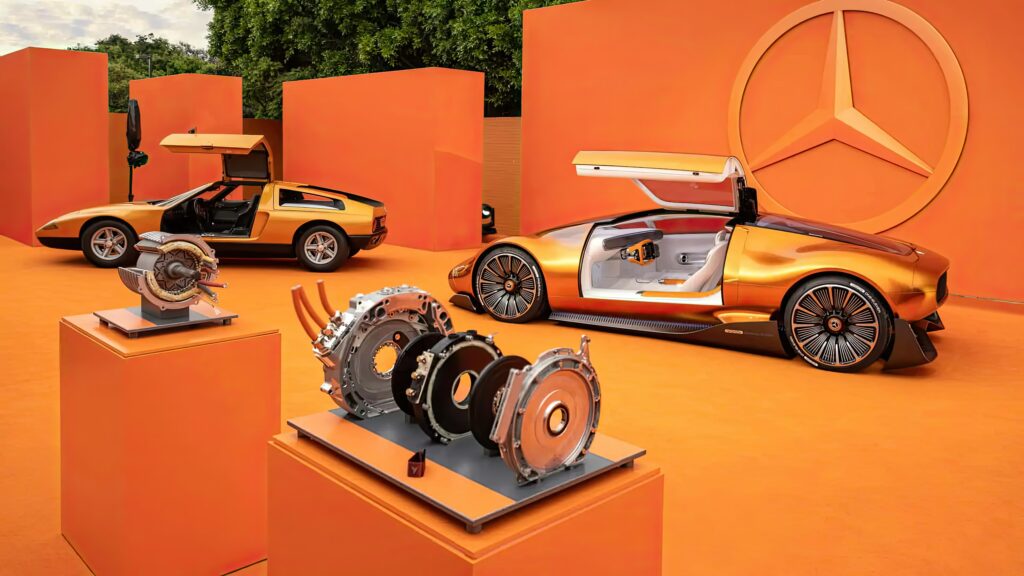
YASA is working with Domin on an in-wheel motor system that weighs under 2 kg, writes Nick Flaherty. The project with Cranfield University in the UK will create a patented in-wheel motor design using YASA’s axial flux motor and Domin’s digitally controlled hydraulic active suspension. The aim is to develop a motor system that is ten times lighter than the current 12 kg motor package design. Read more…
Successful test of aircraft rim motor
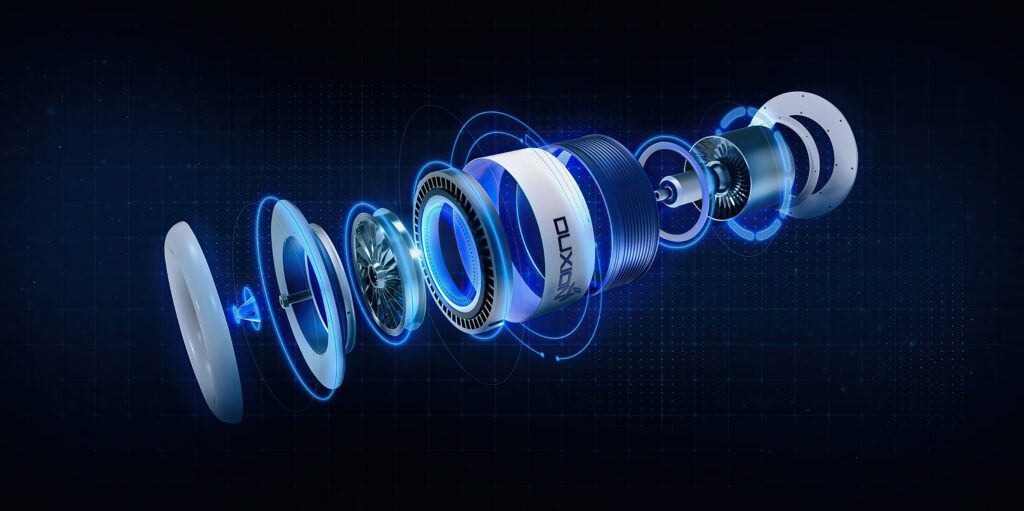
Duxion Motors has successful ground tested its patented eJet Motor for electric aviation, writes Nick Flaherty. The successful ground testing of the scaled prototype at Summerside, Prince Edward Island, Canada, included both low-speed and high-speed testing. Read more…
Elkem develops iron-silicon powder for 3D printing of e-motor parts
![]()
Elkem has developed a new, specialised iron-silicon powder, which may allow the 3D-printing of components for electrical motors, with partners through an EU-funded project. Read more…
H3X
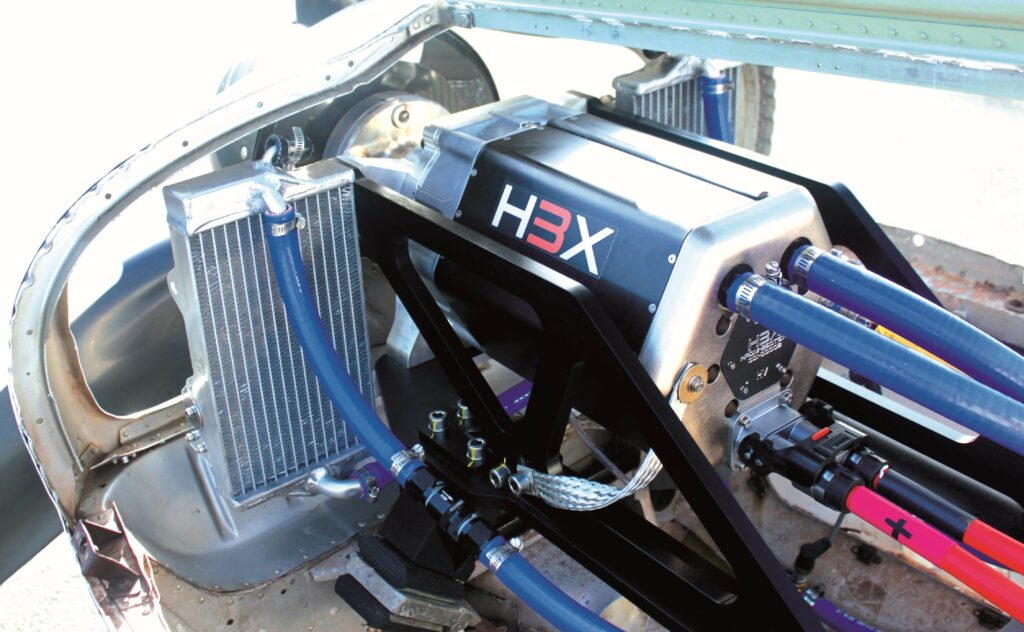
H3X is meeting the challenge of maximising continuous power output against high operating temperatures. Rory Jackson reports
Commercial aviation is one of the world’s fastest-growing sources of pollution, responsible for about 2% of global greenhouse gas (GHG) emissions and 2.5% of carbon emissions. These levels are projected to reach… Read more…
Heraeus reduces gap in stacked rare-earth magnets in ‘game-changer’ for motor design
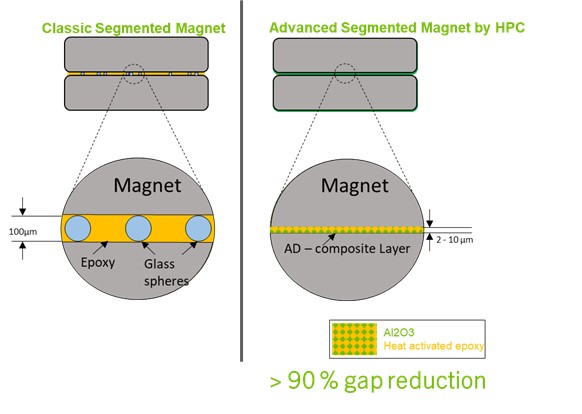
Heraeus High Performance Coatings has launched an innovative process for laminated rare-earth metal magnets that boosts performance and manufacturing efficiency, which is crucial for high-power electric motors. Read more…
Quantix Ultra offers flame protection at 1,200 C
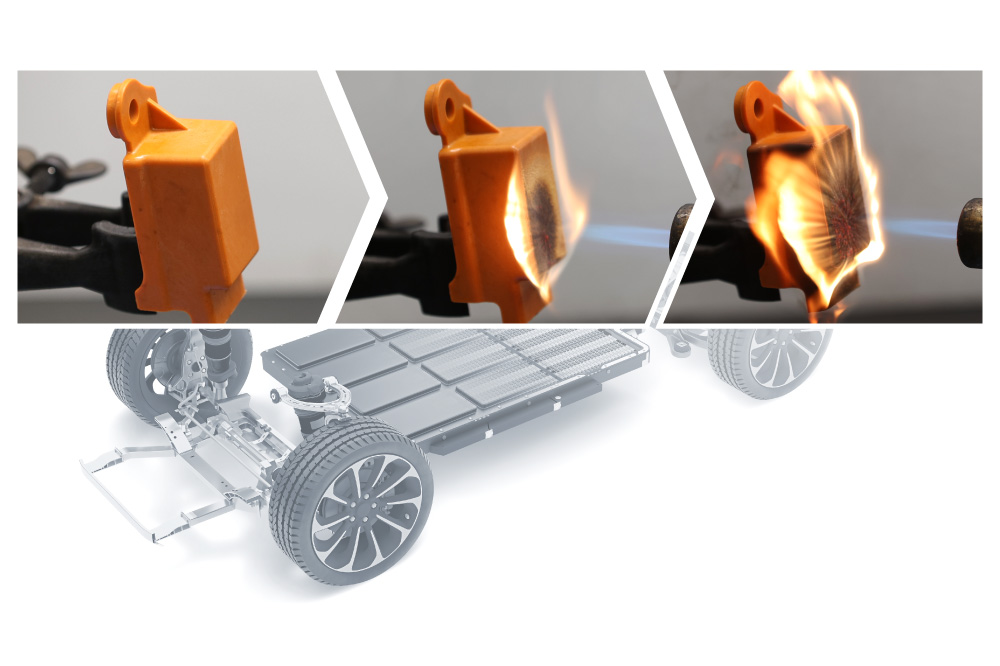
A new material called Quantix Ultra, produced by Freudenberg Sealing Technologies, offers improved fire protection in electric vehicle (EV) drives, having resisted temperatures of up to 1,200 C during testing. Read more…
Amprius rolls out high-density SiCore batteries with extended cycle life
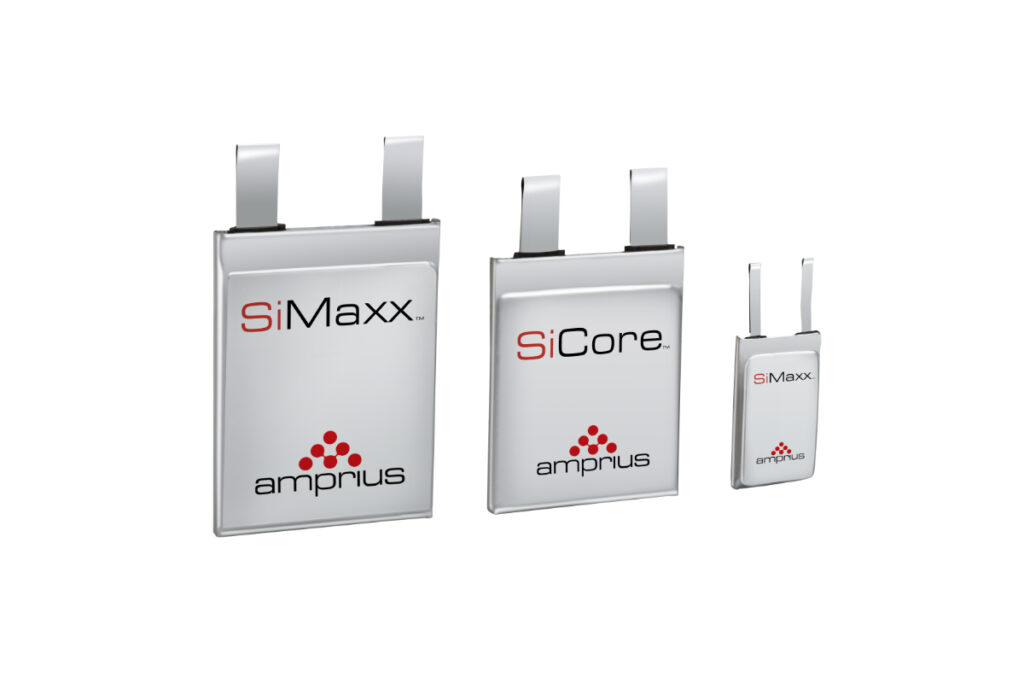
Amprius Technologies, a manufacturer of next-generation lithium-ion batteries, has unveiled its new SiCore product platform, with the aim of revolutionising electric mobility.
The company has also branded its existing silicon nanowire platform, SiMaxx, with its current product range of up to 500 Wh/kg and 1,300 Wh/L energy density. Read more…
Comau to design battery testing strategy for Fastest project
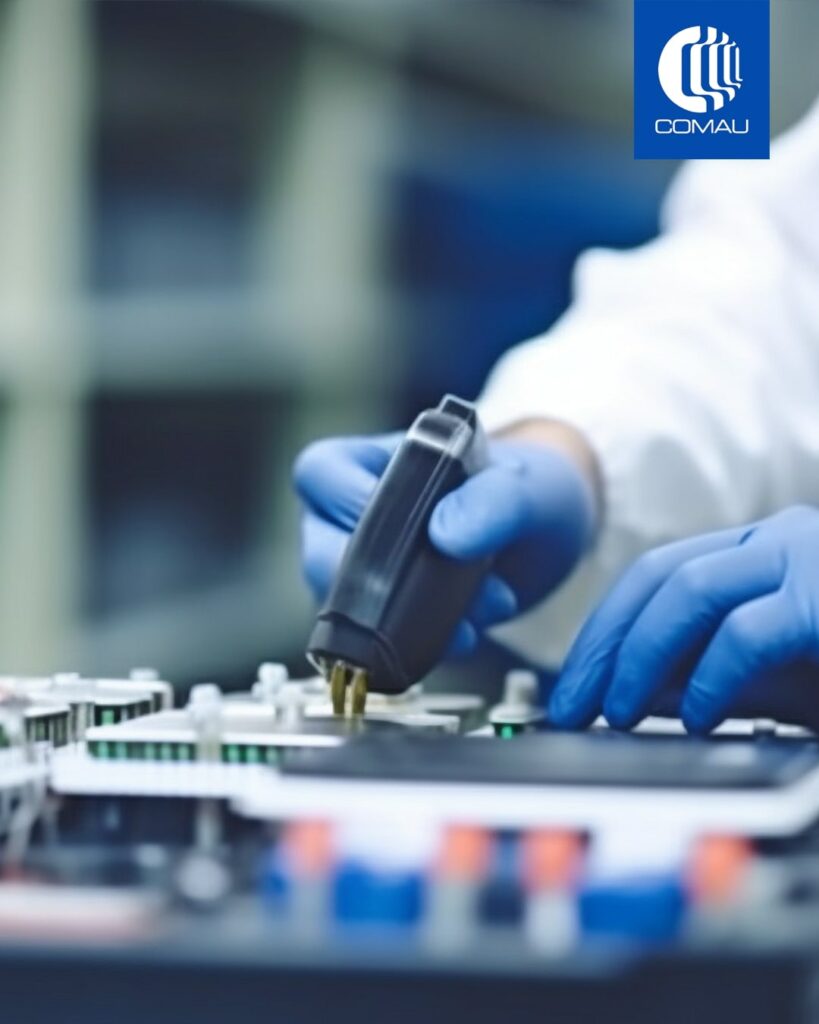
Automation solutions provider Comau is tasked with designing the digitalisation and implementation strategy for Fastest, an EU project that aims to accelerate the development of batteries that are safer, more reliable and durable.
Turin-based Comau, a Stellantis company, will leverage its long-standing expertise in digitalisation, process simulation and electrification to accelerate the testing and verification of automotive and stationary batteries. Read more…
Schaeffler’s high-performance ball bearing offers better range
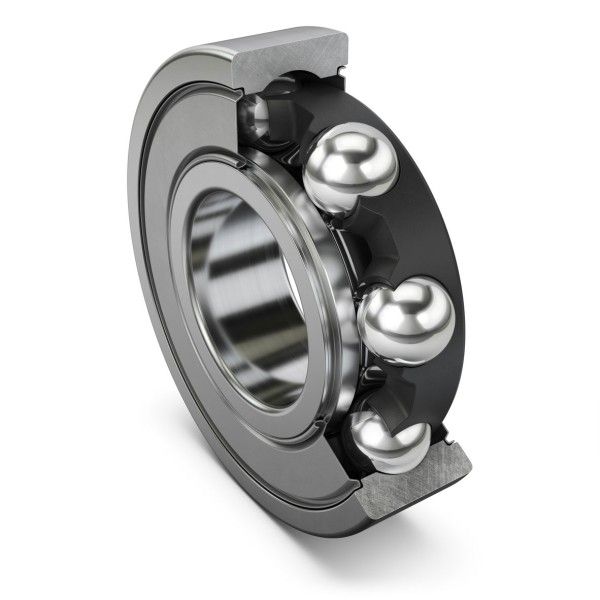
They literally move the world as no powertrain can do without bearings ─ be it electric cars, hybrid vehicles or internal combustion engines. Schaeffler has now developed a special high-performance ball bearing with an integrated centrifugal disc. Read more…
Littelfuse offers fast-response overtemperature detector for Li-ion battery packs
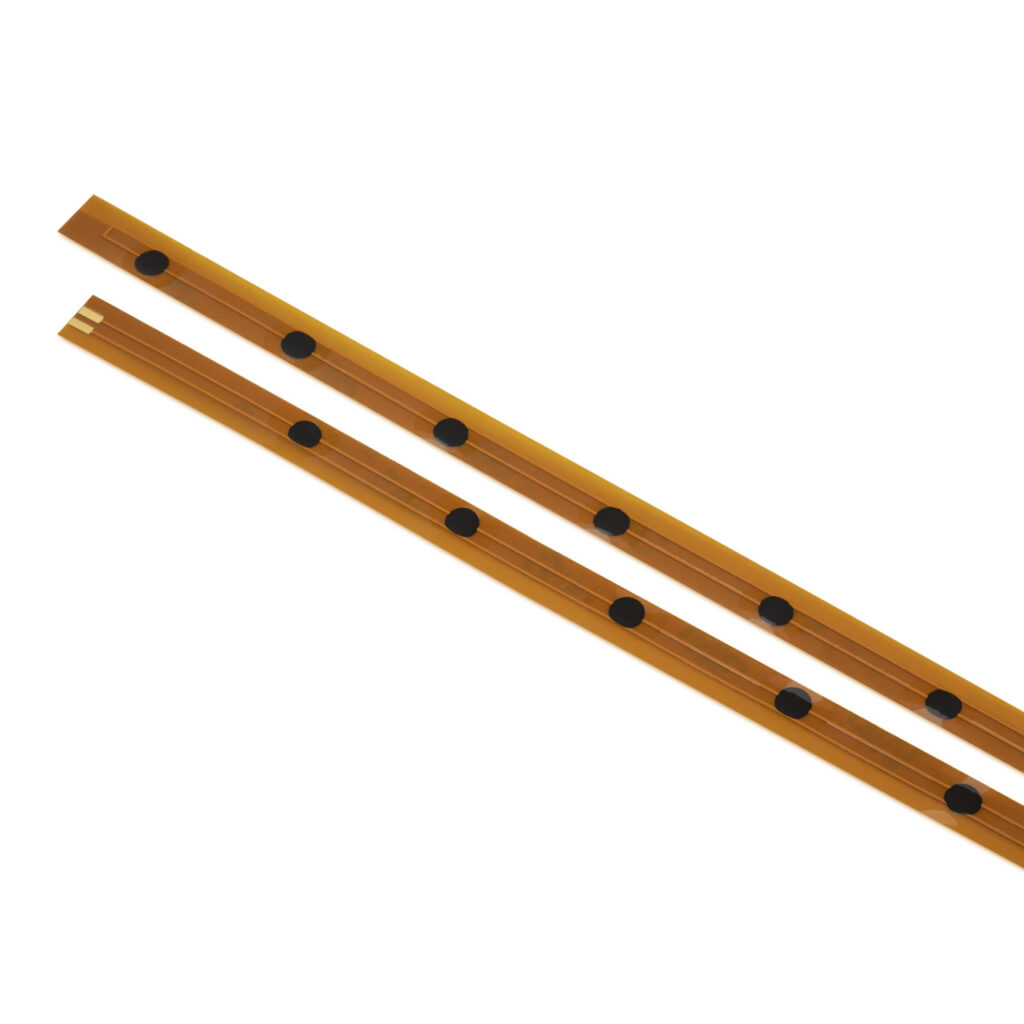
Littelfuse, a Chicago-based industrial technology manufacturing company, has launched an overtemperature-detection platform, designed to transform the management of lithium iron (Li-ion) battery systems. Read more…
Adhesives: essential EV enablers
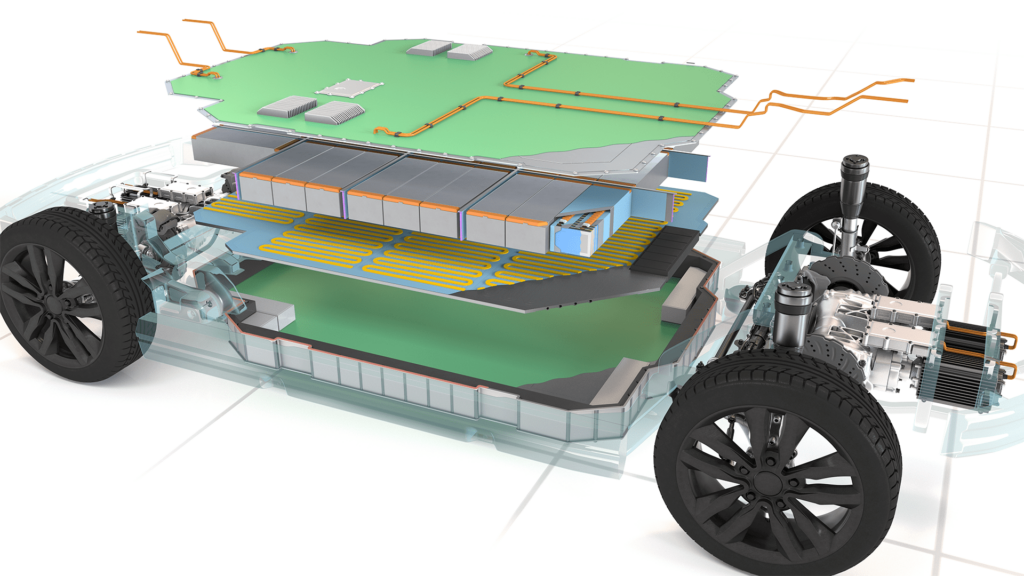
Adhesives are used in vehicles of all kinds, but they are particularly essential in electric vehicles (EVs) because they perform key functions within battery packs and help save weight in body structure, translating into performance and energy efficiency, as David Fetterman, PPG Industries’ global segment director for adhesives and sealants, explains to Peter Donaldson. Read more…
Freudenberg PM’s Battery Pack Liquid Absorbers

Freudenberg Performance Materials has developed an absorbent pad technology for installation inside electric vehicle (EV) battery packs (and outside their modules). These Battery Pack Liquid Absorbers are intended to enable passive climate control through long-lasting moisture management, with repeatable absorption and redrying cycles. Read more…
Dust busters

Dust explosions are a major hazard in many industries, and there are about 2,000 occurrences in factories and refineries across Europe per year. Battery electrode manufacturing is exposed to this type of risk and must take precautions that comply with explosive atmosphere (ATEX) directives. Read more…
Charging ahead with Nyobolt’s SiC EVSE DC charger
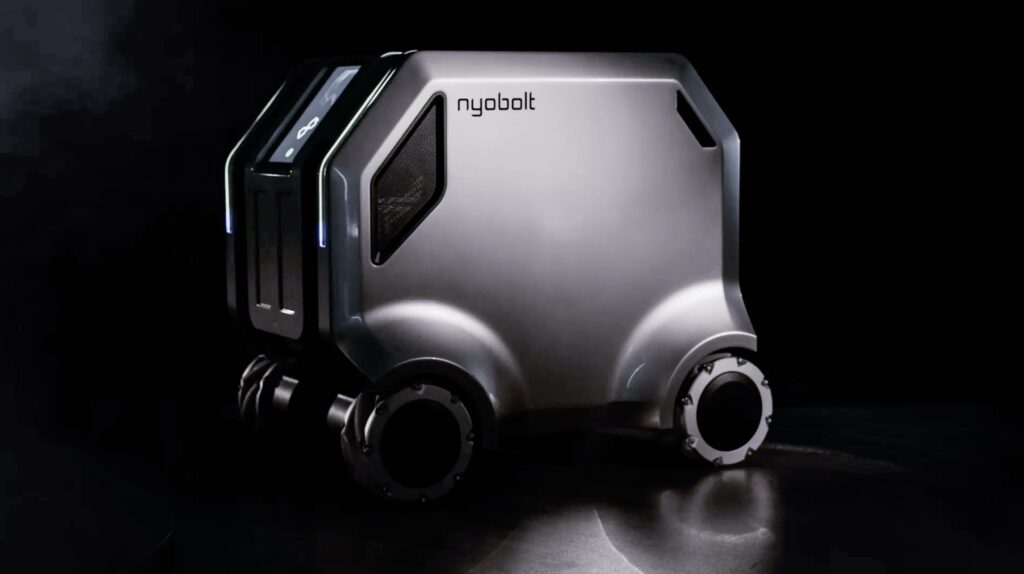
Nyobolt has developed electric vehicle supply equipment (EVSE) for off-board DC fast chargers that integrates silicon carbide (SiC) power transistors.
Although the UK-based company most recently made headlines for its fast-charging battery technology, showcased in its eponymous EV… Read more…
Kennemetal’s additively-manufactured boring tool
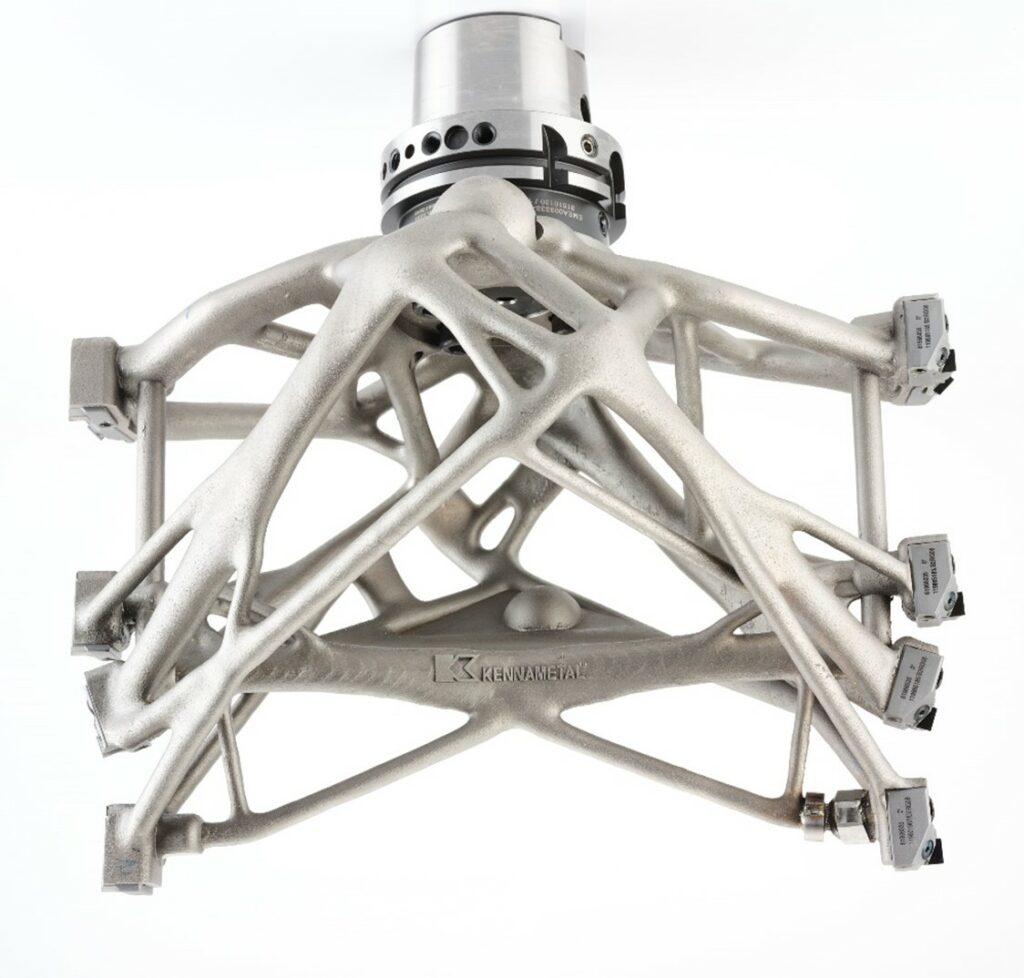
Kennametal has created a new machining tool leveraging its “KENionic” technology, which is aimed at tackling industry requirements on the precision production of motor and transmission housings. Read more…

